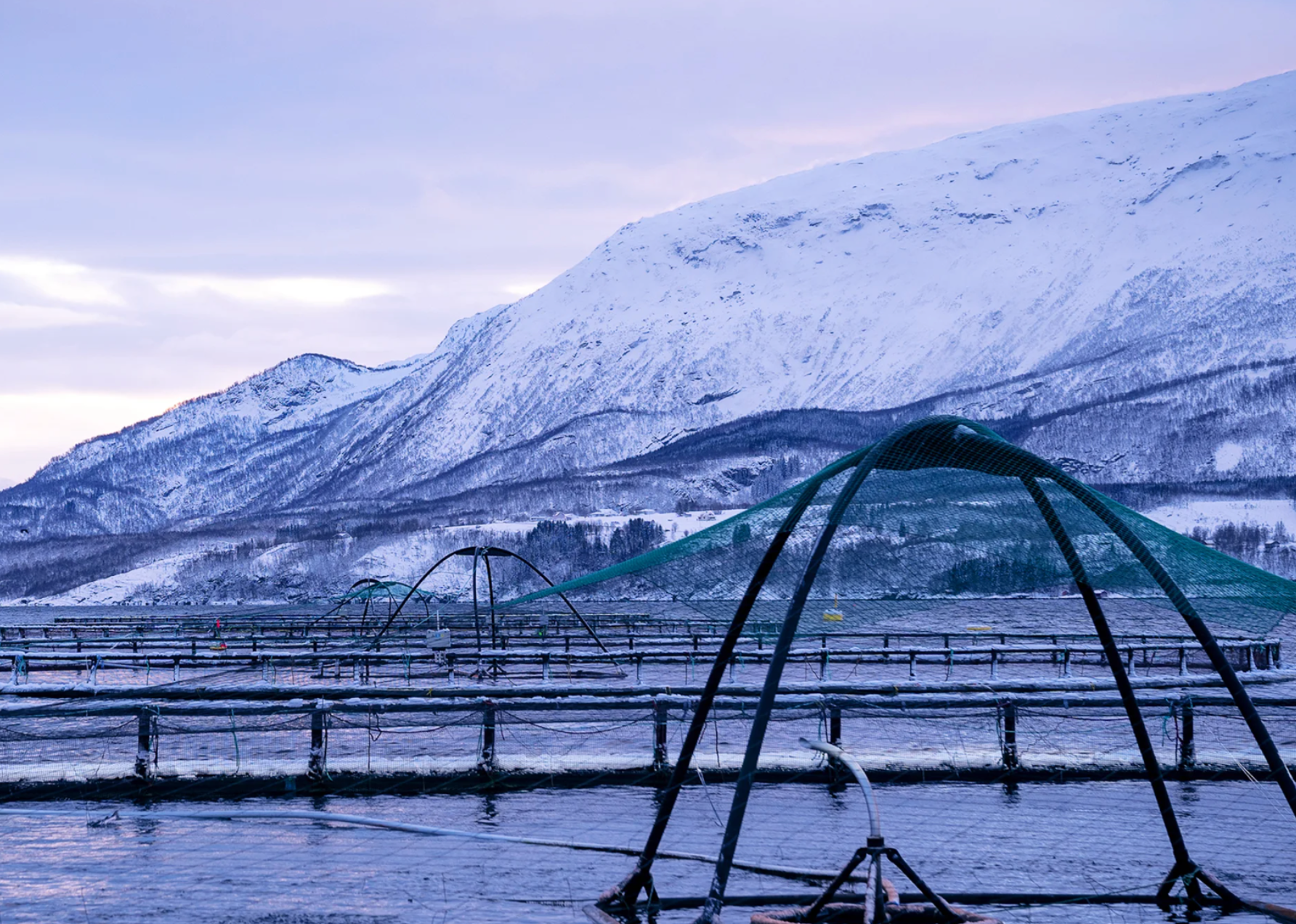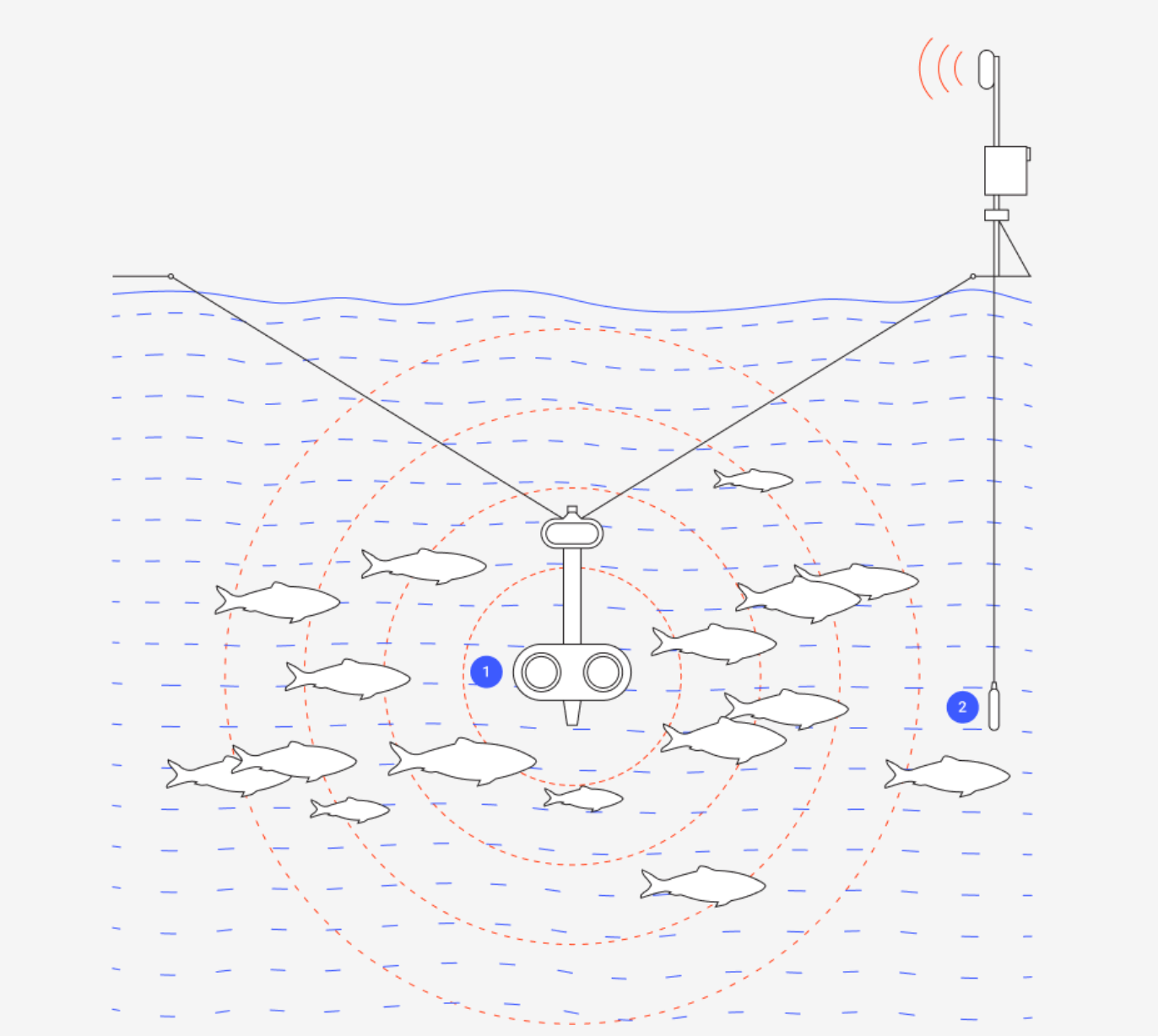Can A.I. give voice to the ocean?
Much of the ocean remains a mystery. Can artificial intelligence transform it into the ally the planet desperately needs? Senior Climate Correspondent Louise Boyle reports


“No water, no life. No blue, no green,” said revered marine biologist Sylvia Earle in summing up the importance of the global ocean. The primary food source for half the planet, the ocean supplies the oxygen for every second breath we take.
And yet it is humanity’s dumping ground – choked by trillions of pieces of plastic, harmful chemicals and waste run-off. Ninety per cent of the atmospheric heat caused by fossil-fuel emissions is absorbed by the ocean, triggering a cascade of dire consequences.
Global sea surface temperatures in April and May 2023 were the highest on record for those months, the UK Met Office reported last week, while Antarctic sea ice is “the lowest on record for this date by a wide margin”.
Warmer waters pack more energy into tropical storms, whipping them into increasingly destructive tempests.
Excessive ocean warming has also depleted most of the world’s wild fishing stocks, an unfolding food crisis for a growing global population.
But the ocean is one of humanity’s more important natural allies in the face of the climate crisis. Marine industries could deliver one-fifth of emissions cuts needed to limit global temperature rise to 1.5C by 2050, according to the UN High Level Panel for a Sustainable Ocean Economy, holding off more catastrophic climate impacts.
It could also provide more sustainable food sources from fisheries, seaweed and aquaculture, feeding more people and cutting back on carbon-intensive, land-based food systems.
“It’s time to shift from thinking of the ocean as a victim to seeing it as an essential part of solving global challenges,” the panel said.

Much of the ocean remains a mystery to us, while its depth and breadth make it incredibly difficult to harness potential on a grand scale.
However, recent advances in artificial intelligence and machine learning show signs of overcoming those challenges.
Five years ago Tidal, a project inside Alphabet’s invention lab known at the “Moonshot Factory”, began exploring how to boost aquaculture operations – the rearing of marine species for consumption – while protecting ocean health.
Cameras have long been used by fish farmers but failed to give a detailed picture of what was happening at operations with millions of fish.
The first trials of the system – comprised of 360 degree-rotating cameras, sensors and machine perception tools – were conducted in a kiddie pool at Googleplex, the headquarters of Google and parent company Alphabet in Mountain View, California.
The next stop was Norway to test prototypes in harsh ocean environments from fjords inside the Arctic Circle to open waters of the North Sea.
The system captured environmental data like water temperature and salinity along with eight billion underwater observations of Atlantic salmon. The data was then used to train AI into a de facto “fish whisperer” which can predict their needs.
“Our system separates signal from noise,” Tidal Founder and CEO Neil Davé told The Independent.
“Our model looks at those scenes, and pulls insights from what’s happening in the water, whether it’s fish behavior, feeding, health, or general growth trends.”

The Tidal system “reads” a range of features including mouth opening and closing, whether fish consume food pellets, vertical swimming, and rapid changes in direction.
The data is processed in miliseconds by AI and the insights help with day-to-day decisions at fish farms such as how much feed to put in the water, or whether pests like sea lice need to be treated.
In the long-run it not only keeps fish healthier but reduces food waste – not only an environmental benefit but a huge financial boon for an industry where around 60 per cent of costs go on feed.
“It’s a win-win for the environment as well as the business,” Mr Davé said.
Tidal recently partnered with Cognizant, a global services and IT consultancy company with expertise in ocean industries, to scale the technology and get it into the market. Today, tidal has around 600 devices floating off the Norwegian coast.
Stig Martin Fiskå, the Oslo-based head of Cognizant Ocean, believes Norway is an ideal testing ground due to its large fishing industry, and willingness to confront challenges head on.
Norway’s aquaculture sector hasn’t been able to grow more fish for 10 years, he said, so he was impressed by Tidal’s strategy of looking at the complex ecosystem as a whole and attacking the problem from “the egg to filet”.
“With this technology, we’re seeing signals that we’re able to produce more fish because it’s granular, live, intelligent,” he told The Independent. “You’re able to make smart decisions earlier.”
Mr Fiskå said it was too early to speculate on how much the industry’s carbon footprint could be cut by the new technology but that he had high hopes.

”We hopefully not only get [emissions] down to zero, or even positive ... but hopefully we’re also helping the world to produce more sustainable food,” he said.
Mr Fiskå said that while initially there had been a bit of scepticism and reluctance to share non-sensitive data needed for an AI system to work, the overall aquaculture industry’s response was optimistic.
“I think most people are looking at this as – is it finally happening? I’ve been talking to industry players in shipping, aquaculture,and energy who thought this was something we would get 10 years ago. Now it’s mature, it’s proven.”
It isn’t just about feeding fish. The Norwegian aquaculture project is viewed as the jumping off point for a number of industries in the “Blue Economy” – shipping, offshore renewable energy, and carbon sequestration.
In shipping, for example, AI could be used to analyze micro-weather systems, and optimize vessel speeds, reroute around port traffic and adjust arrival times to cut fuel use, and therefore greenhouse gas emissions.
With more and more offshore wind farms being built, AI could play a role in monitoring impacts of construction on ocean ecosystems.
“There’s a lot of promise in these technologies to really help elevate what humans are capable of in the ocean,” Mr Davé said.
Join our commenting forum
Join thought-provoking conversations, follow other Independent readers and see their replies
Comments


Bookmark popover
Removed from bookmarks